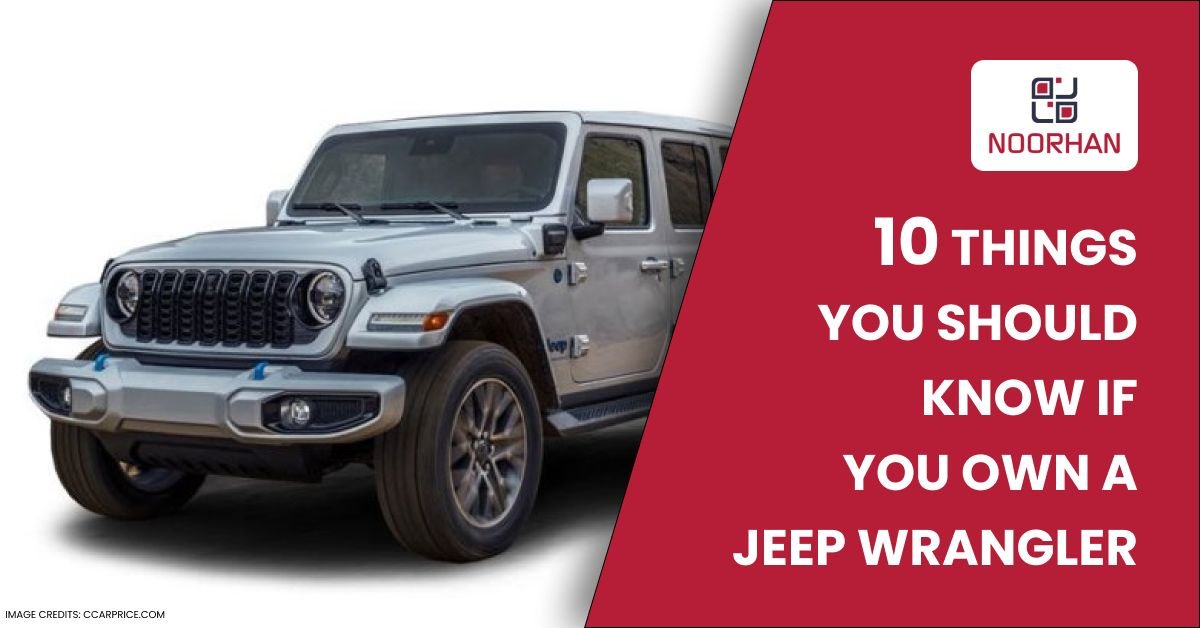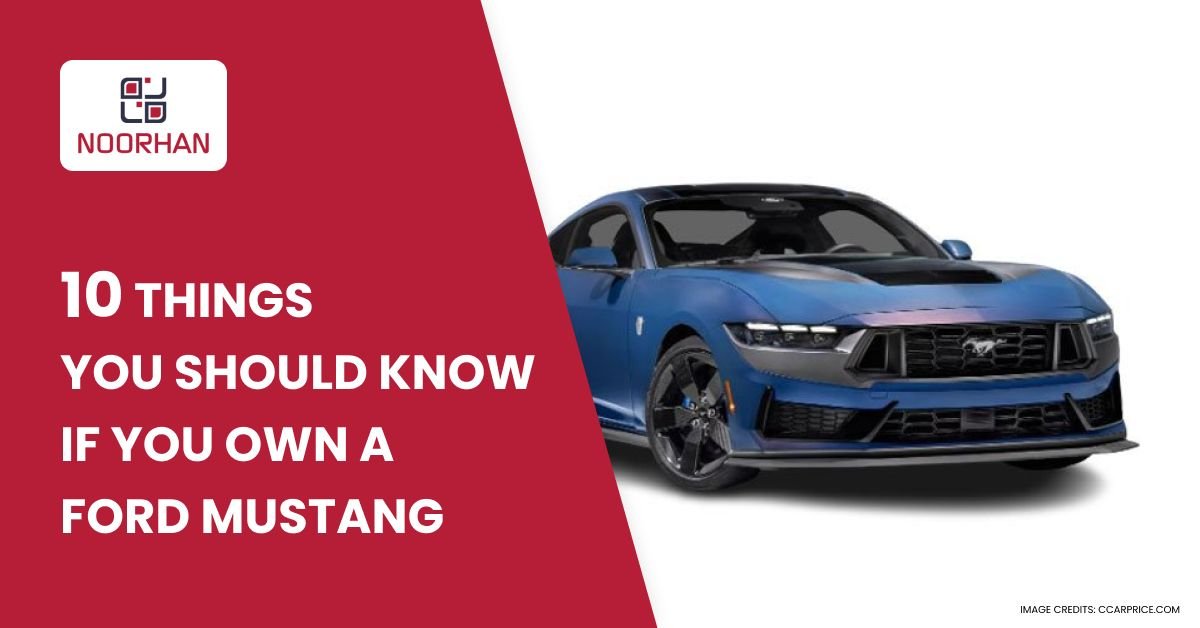Mercedes Benz Nomenclature: How Mercedes Benz Names Its Models?
Mercedes-Benz is a German company that makes high-end cars that are known for their great performance, good looks, and durability. Mercedes has manufactured a vast lineup of cars throughout the years, ranging from sedans, coupes, and SUVs to sports cars and supercars.
The unique nomenclature of Mercedes-Benz sets them apart from other manufacturers in the market. The German car company has a unique way of naming its models, which can make car fans scratch their heads. From A-Class to S-Class, from AMG to Maybach, the names of Mercedes-Benz cars are both bursting with creativity and a source of confusion for many. In this article, we look at the history and reasoning behind how Mercedes names its cars, as well as how the company has used model names to create a unique brand identity. Get ready to unravel the mystery of Mercedes-Benz nomenclature!
Before we delve into the topic, it’s important to understand that there are two key elements that make up a Mercedes-Benz model name: the letters and the numbers. The letters usually show the class of the car, while the numbers show the size of the engine, how much power it has, and other technical details.
Different models of Mercedes-Benz
Mercedes-Benz offers several model lines for each body style to fulfil a variety of needs and preferences of its customers.
These are some of the most popular Mercedes models:
A-Class:
The A-Class is a low-cost model line comprised of a compact sedan and a hatchback. It’s a popular option for anyone looking to buy a Mercedes-Benz at a reasonable price.
C-Class:
The C-Class is a mid-size model series consisting of sedans, coupes, and wagons. It’s a popular option for anyone searching for a premium vehicle that blends performance, comfort, and utility.
E-Class:
The E-Class comes in a wider variety of styles, including sedans, coupes, wagons, and convertibles. It’s a popular option for anyone looking for a high-end vehicle with cutting-edge safety and technology.
S-Class:
The flagship model series is the S-Class, which features a full-size luxury sedan and coupe. For people who want the highest level of luxury, this is the best option. These vehicles have things like heated and cooled seats, massage functions, and modern driver assistance systems.
GLA-Class:
The Mercedes-Benz GLA-Class is a subcompact car series that includes a luxury crossover SUV. It’s a popular choice for people who want a small SUV that handles and looks aggressive.
GLC-Class:
The GLC-Class is a small car series that offers a premium crossover SUV. It’s a popular choice for people who want an SUV that can be used for many things and has the latest safety and tech features.
GLE-Class:
The GLE-Class is a mid-size car series that incorporates a high-end crossover SUV. It’s a popular choice for people who want a big SUV with a luxurious interior and the latest technology to help the driver.
GLS-Class:
The GLS-Class is a full-size model series that provides a luxury SUV experience. It’s a popular choice for people who want a large, high-end SUV with the latest technology and safety features.
AMG GT:
The AMG GT model line contains both a sports car and a supercar. It’s a popular option for anyone searching for a vehicle that combines thrilling performance with Mercedes-Benz grace and refinement.
A Brief History of Mercedes-Benz Nomenclature
The nomenclature used by Mercedes-Benz to label its models has a rich history that spans over a century.
Here’s a brief overview of the evolution of Mercedes-Benz nomenclature: How Mercedes names its models:
Early years:
In the early days of the Mercedes-Benz brand, most models were named after how much horsepower their engines had. For example, the 35-hp model came out in 1901, and then the 60-hp, 70-hp, and 90-hp models came out after that.
Model numbers:
In the 1920s, Mercedes-Benz started calling its cars by their model numbers instead of their names. For example, the Mercedes-Benz 770 was a luxury car produced from 1930 to 1943 that was favored by political leaders and wealthy individuals.
Letter codes:
In the 1950s, Mercedes-Benz began using letter codes to identify different vehicle classes. The first letter indicated the vehicle class, while the second letter indicated the engine type. For example, the W120 was the first-generation Mercedes-Benz 180 sedan code.
Alphanumeric codes:
In the 1990s, Mercedes-Benz introduced a new alphanumeric naming convention that is still in use today. The system uses a mix of letters and numbers to tell the difference between different types of vehicles, engines, and other features. For example, the “E” in the name of the E-Class sedan stands for “Einspritzmotor,” which means “fuel injection engine,” and the “300” shows how big the engine is.
Mercedes-Benz now identifies its cars with a mix of alphanumeric codes and model names, depending on the market and the model. The names are meant to be clear and easy for customers to understand, while also showing off the brand’s history and engineering prowess.
Conclusion:
In the end, Mercedes-Benz’s name has a long and successful history that has changed over time to reflect changes in technology, engineering, and marketing. Mercedes-Benz has always tried to come up with a naming system that is clear and shows off the quality and history of the brand. From the time when cars were named by how much horsepower they had to the present, when they use alphanumeric codes and model names, The names of Mercedes cars are an important part of the brand’s identity. They help customers understand what each model is and what makes Mercedes special. By combining letters, numbers, and branding, Mercedes-Benz has made a system that is easy to understand but gives fans and customers depth and meaning.
Overall, Mercedes-nomenclature reflects the company’s dedication to technical excellence, innovation, and customer pleasure. It is an important part of what makes a Mercedes-Benz a Mercedes-Benz, and it will continue to change and improve to meet the needs and expectations of customers around the world.
Where can you buy Mercedes Benz Spare Parts in Dubai?
Mercedes Benz Spare Parts are available at different suppliers and dealers of auto spare parts in Dubai. Noorhan is amongst the leading brands that deal with genuine auto spare parts and aftermarket parts for different car brands, including BMW, Mercedes, Audi, Porsche, Honda, Toyota, Nissan, Mazda, Jeep, Ford, and other Japanese, European, American, Korean, luxury cars brands
If you’re looking to replace your Mercedes Benz spare parts with high-quality aftermarket parts in Dubai, Noorhan can help you.


























































